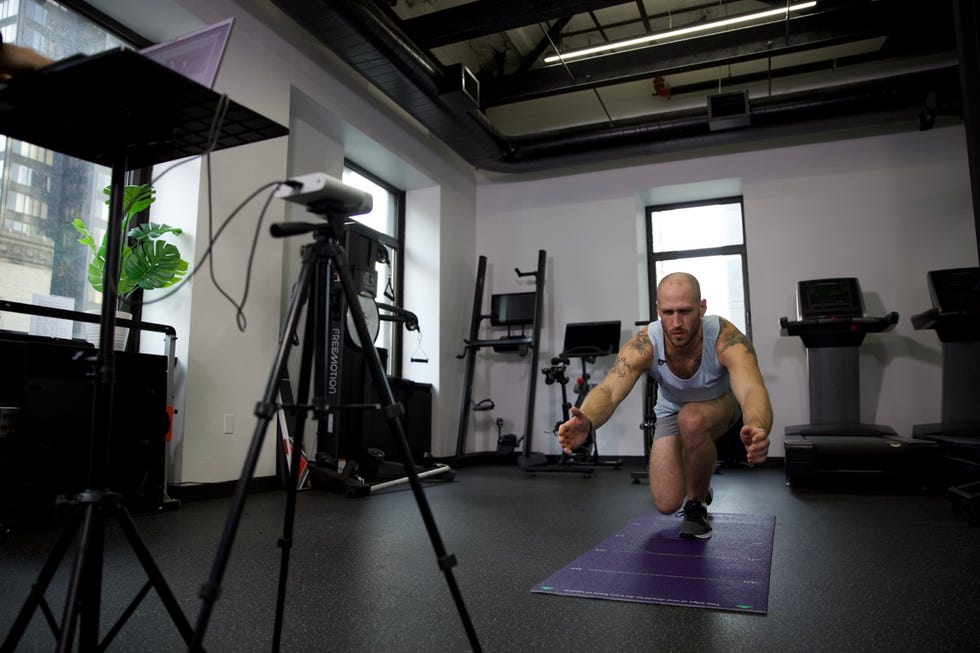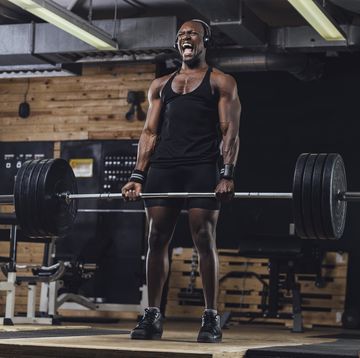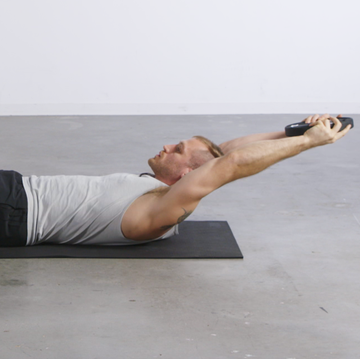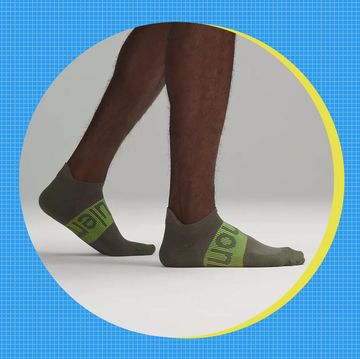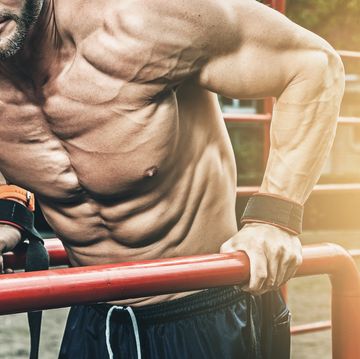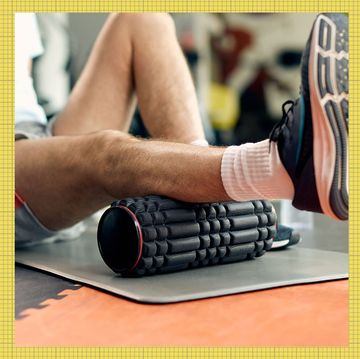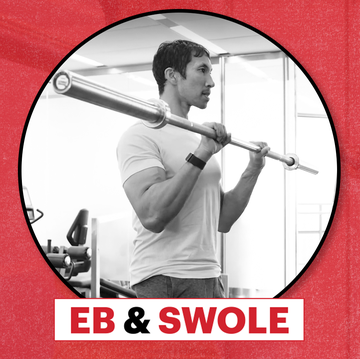I'VE BEEN DEALING with a lingering hamstring issue for months, and I'm sick of it. I didn't have one dramatic, painful moment when I pulled the muscle; I dealt with a series of aches leading up to, during, then following my run at the 2022 New York City Marathon. Now, almost four months later, I'm still working through the issue and seeing a physical therapist to get back to my pre-injury self. I can do most weight lifting movements and run slowly, but I can tell that I'm not at 100 percent.
This period of rehab and recovery has stretched on and on, so I wanted to see what I might be able to do if we (my PT and I) could do with some hard data. I know that we can learn a lot about our bodies by observing the ways we move. That's why fitness pros widely recommend recording your workouts; reviewing those clips to check out your form is much more valuable than just the clout you'll get by posting them on social media. Physical therapists can take this movement review even further—which could help to understand why I'm still having issues and what I might be able to do to get better.
A great PT can spot issues with your gait (how you walk), the way you drop into a squat, asymmetries when you raise your arms, and more. But even the best PT can't determine exactly how many degrees your range of motion is off from the ideal with their eyes alone. To do that, they're increasingly turning to new high-tech tools, like the Kinotek 3D body scan. The scan uses LiDAR cameras (the same tech used in self-driving cars for spatial mapping) to create a 3D avatar of a patient and capture their movement. Then, the software can assess those moves to measure asymmetries, range of motion, and compensations, which can all give the PT information about how to plan a course of action forward for treatment.
I went to Bespoke Treatments in New York City to check out the Kinotek software with Men's Health Advisory Board member Dan Giordano, D.P.T., C.S.C.S. The tool gives PTs like Giordano more data via the motion analysis, which he can use to then build up a rehab plan to address the specific problems.
"We want to see if you're failing. We want to see if you're compensating, if you're switching sides for that injury," Giordano told me. "Main thing is, though, that we can find your deficits and your failures so that we can work on this and improve your quality of motion, and hopefully get that hamstring back to 100 percent."
Using the Kinotek Device to Capture Movement
The first step of a motion analysis is capturing the movement, so Giordano needed to run me through a series of exercises. We were in a big open room, with a small camera hooked up to his laptop. Just a few feet in front of the camera was a purple mat, which marked the spot I needed to stand and perform the exercises we'd use to judge my quality of movement.
I stood on the mat and ran through two rounds of each exercise. Giordano led me through:
- Air Squat
- Overhead Squat
- Shoulder Flexion
- Single-Leg Squat
- Gait Walk
I expected that the test would take a full afternoon to finish, and that I'd have to don some special mo-cap suit like you see in behind the scenes clips of video game development. Not the case here. After doing the exercises, the test was done—and so was the assessment. Giordano had the data he needed right there on the computer.
The Assessment
Giordano hit me with the good news first: Overall, I looked great. My bilateral movements—exercises performed with both sides of the body, like the air squat—were near perfect and symmetrical. But once I got into the unilateral movements, like the single-leg squat, things got sketchy. I had asymmetries and my body collapsed at certain points of the movement. This made a lot of sense, since running—the activity that has been giving me the most pain—features lots of unilateral engagement. "You have a weakness in your hips," Giordano told me. "You're compensating."
We found the problem—but what's the solution? Thankfully, Giordano had answers. I need to strengthen my hips and glutes, and eliminate the deficits I've had while I run. "We need to get you into a single-leg strengthening program," Giordano told me. He had ideas for what to do immediately.
The Single-Leg Training Plan
The plan Giordano designed didn't require any high tech tools, even though it was informed by the data captured via Kinotek. I've done all of these exercises separate from a rehab workout, so they were simple to add to my normal routine. Overall, the moves worked to target my glute medius muscle and improve my mobility.
- Single-Leg Hip Thrust
- Curtsy Lunge
I've implemented these exercises—and lots more mobility work—into my training plan and rehab. Eventually, I'll go back in and take the tests again to see how much I've improved. For now, I'm not back to 100 percent quite yet—but after getting a chance to learn from my own 3D model, I'm much closer than when I started.

